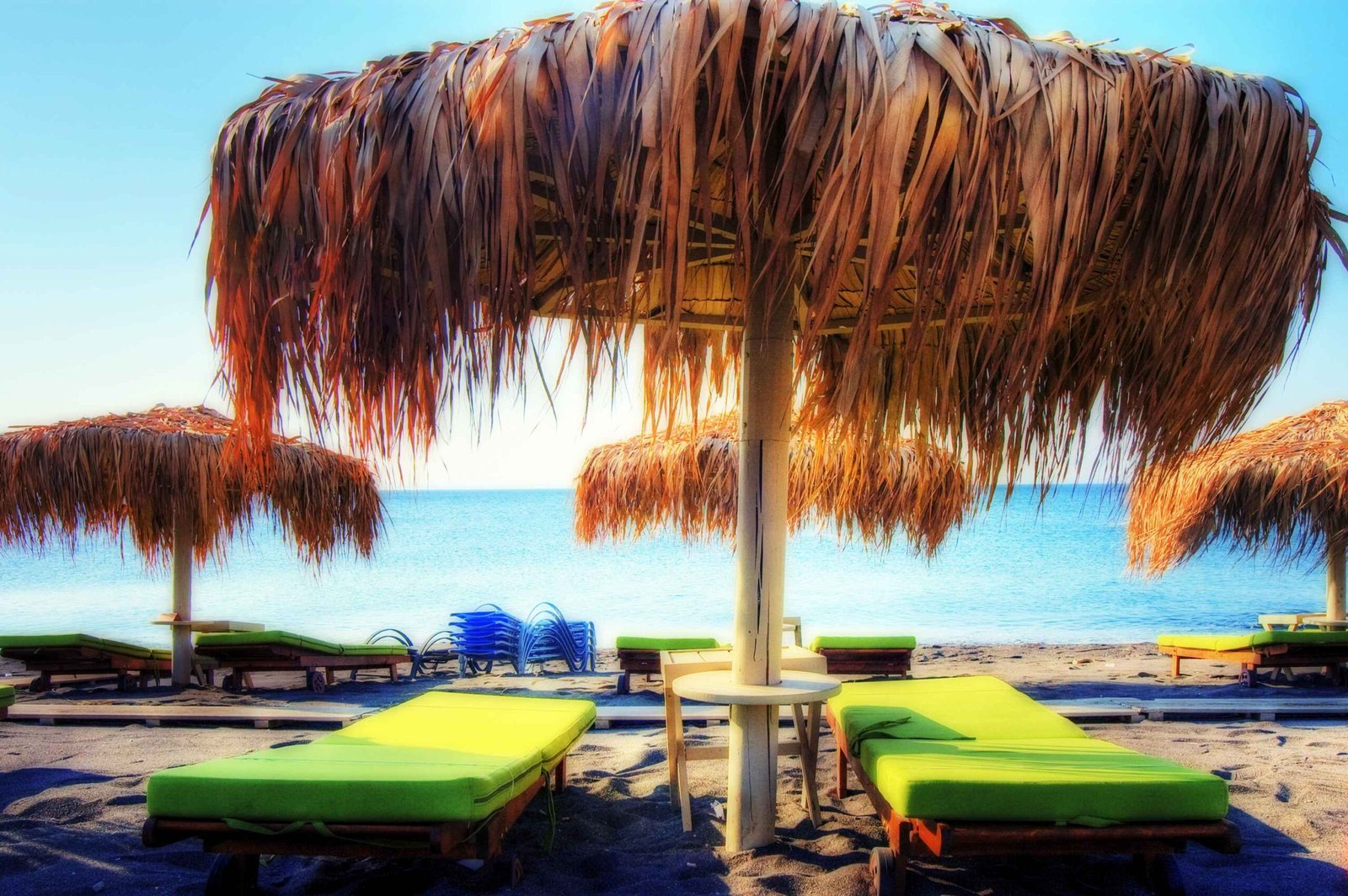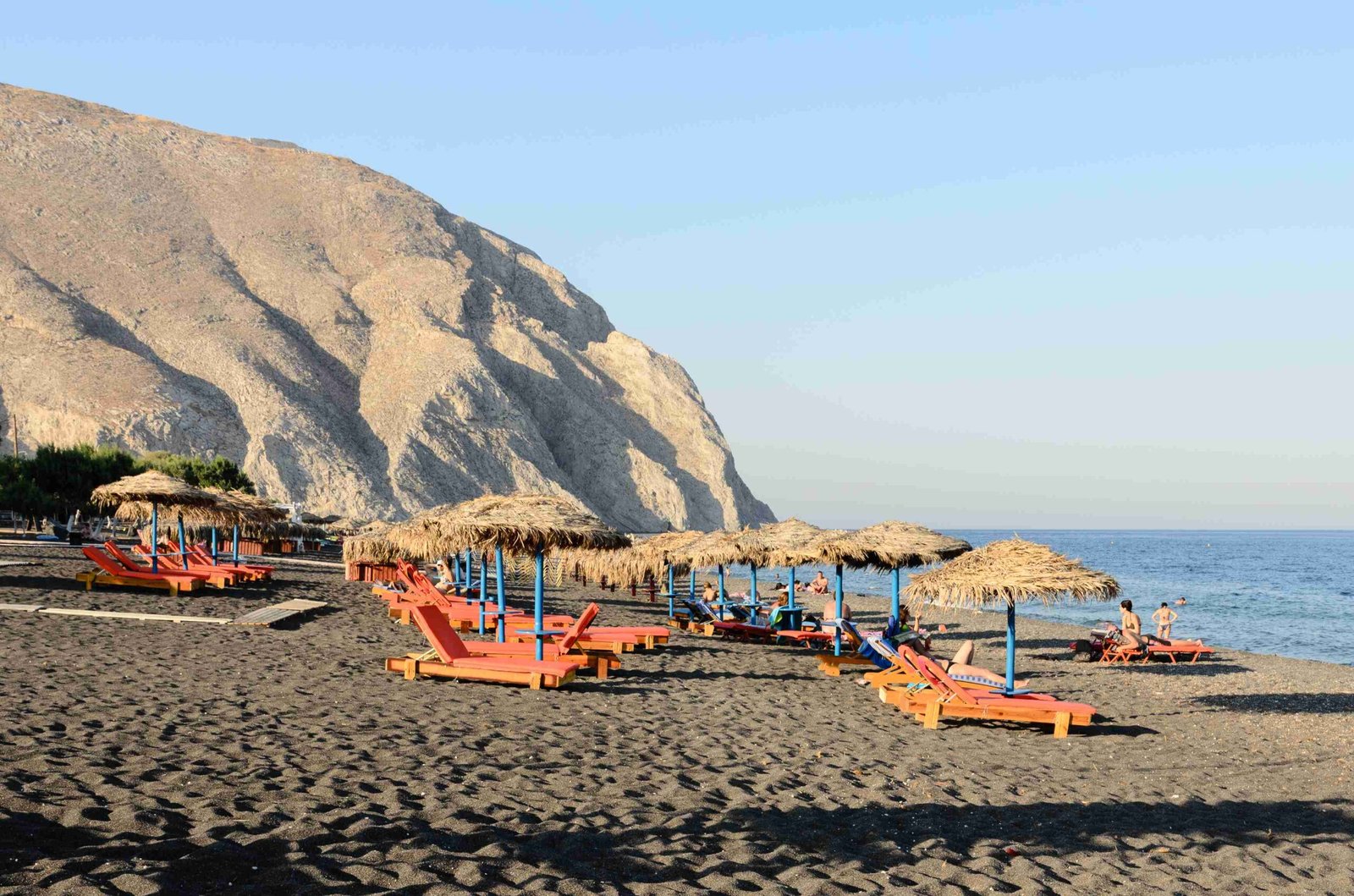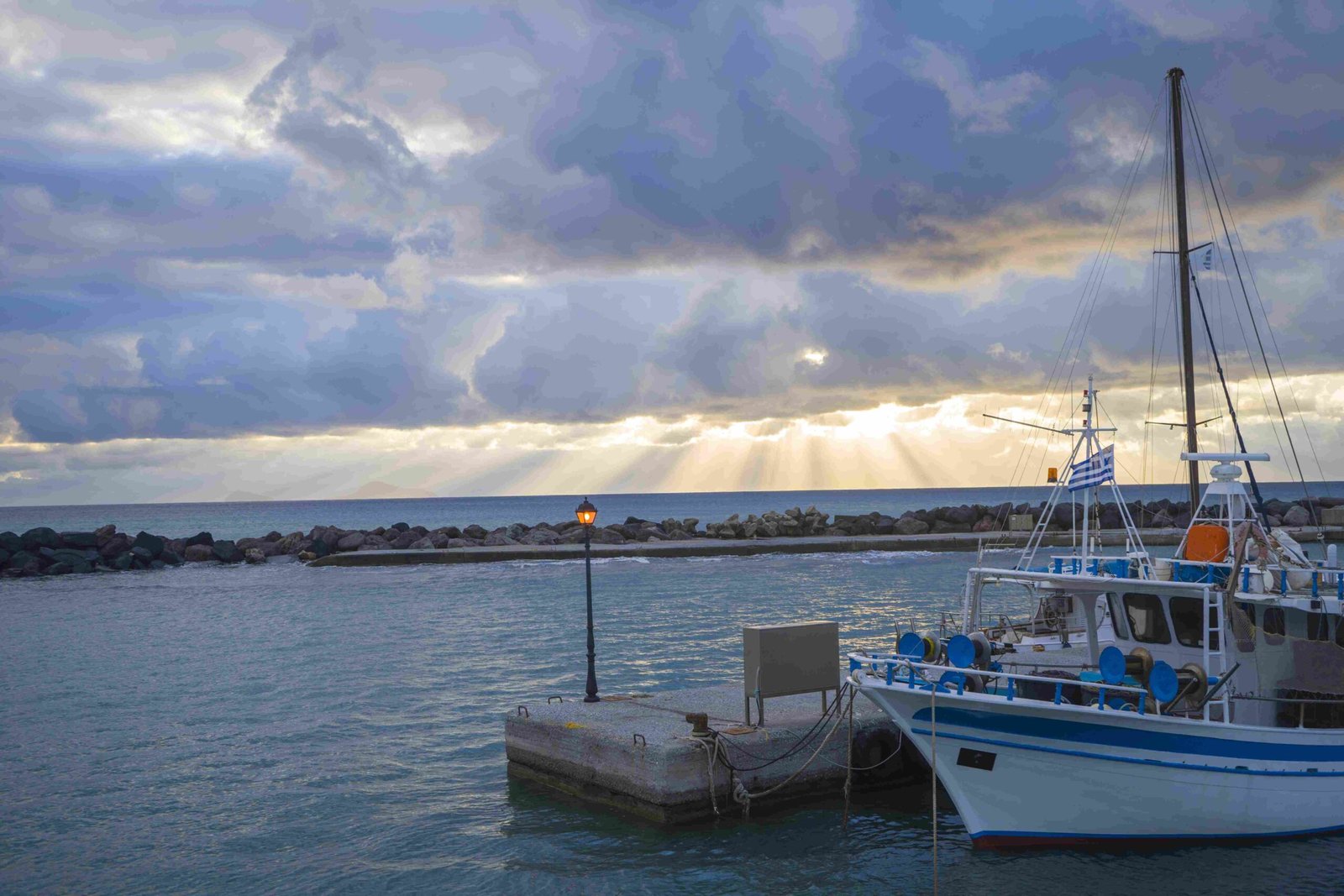The Santorini Minoan civilization, centered on the island of Thera (modern-day Santorini), was a remarkable Bronze Age culture that flourished around 3000-1500 BCE. This advanced society left behind impressive architectural remains, intricate frescoes, and sophisticated pottery, offering a glimpse into a highly developed urban center. The civilization’s abrupt end, likely due to a catastrophic volcanic eruption, has preserved a snapshot of Minoan life, making Santorini a treasure trove for archaeologists and historians alike.
What Were the Key Architectural Features of Santorini’s Minoan Civilization?

The architectural prowess of the Santorini Minoan civilization is best exemplified by the remains found at the site of Akrotiri. This ancient city showcases the advanced urban planning and construction techniques of the Minoans:
- Multi-storied Buildings: Structures often reached three to four stories high, a rarity for that era.
- Advanced Drainage Systems: Elaborate networks for water management demonstrated engineering sophistication.
- Frescoed Walls: Vibrant murals adorned interior walls, depicting various aspects of Minoan life and beliefs.
- Lustral Basins: Sunken rooms possibly used for ritual purification or as bathrooms.
- Public Spaces: Large areas for ceremonies and gatherings, indicating a complex social structure.
Table: Architectural Highlights of Akrotiri
| Feature | Description | Significance |
|---|---|---|
| Multi-story Buildings | Up to 3-4 floors high | Advanced urban development |
| Drainage Systems | Complex water management | Engineering prowess |
| Frescoes | Colorful wall paintings | Artistic and cultural insights |
| Lustral Basins | Sunken ceremonial rooms | Religious or hygienic purposes |
| Public Spaces | Large gathering areas | Complex social organization |
How Did Pottery Reflect Minoan Culture in Santorini?

While specific details about Santorini’s Minoan pottery are limited in the provided sources, Minoan pottery, in general, was known for its:
- Vibrant decorations featuring marine life, floral motifs, and geometric patterns
- Significance in trade and cultural exchange across the Aegean
- Reflection of the Minoans’ connection with the sea
Pottery served both functional and artistic purposes, showcasing the Minoans’ advanced ceramic techniques and aesthetic sensibilities.
What Stories Do the Minoan Frescoes in Santorini Tell?
The frescoes discovered in Santorini, particularly at Akrotiri, are among the most significant and well-preserved examples of Minoan art. These vivid wall paintings offer invaluable insights into Minoan life, culture, and beliefs:
- Themes:
- Natural world scenes
- Ritualistic activities
- Daily life and productive human activities
-
Possible depictions of deities
-
Notable Locations:
- Xeste 3: Houses the largest collection of wall paintings
-
“West House”: Features some of the best-preserved and famous frescoes
-
Historical Context:
- Date back to the 17th century BCE
- Reflect the avant-garde style of Late Minoan period art
- Provide details on clothing styles, activities, and religious practices
How Did the Eruption of Santorini Impact the Minoan Civilization?
The cataclysmic eruption of Santorini, occurring around 1500 BCE, had far-reaching consequences for the Minoan civilization:
- Immediate Impact:
- Abandonment of Akrotiri and other settlements on the island
-
Burial of buildings under volcanic ash and pumice, preserving them in a Pompeii-like state
-
Long-term Consequences:
- Significant decline in the island’s population
- Disruption of architectural and cultural practices
-
Possible contribution to the eventual decline of the broader Minoan civilization
-
Archaeological Significance:
- Preservation of Akrotiri under volcanic ash provided a unique snapshot of Minoan life
- Excavations, beginning in 1967 by Spyridon Marinatos, revealed an advanced urban settlement
- Discoveries offer crucial insights into Minoan culture and daily life just before the eruption
What Can We Learn from Santorini’s Minoan Artifacts?
The artifacts discovered in Santorini provide a wealth of information about Minoan society:
- Advanced Technology:
- Sophisticated urban planning and multi-story buildings
-
Complex drainage systems and water management
-
Artistic Achievements:
- Elaborate frescoes depicting various aspects of life and beliefs
-
Skilled pottery craftsmanship
-
Social Structure:
- Evidence of public ceremonies and gatherings
-
Indications of a complex, hierarchical society
-
Religious Practices:
- Lustral basins suggesting ritual purification ceremonies
-
Frescoes potentially depicting religious scenes and deities
-
Economic Activities:
- Signs of trade and commerce through pottery and other artifacts
- Evidence of various crafts and industries
How Does Santorini’s Minoan Legacy Continue to Influence Modern Understanding?
The Santorini Minoan civilization continues to captivate researchers and the public alike:
- Archaeological Importance:
- Ongoing excavations provide new insights into Bronze Age Aegean cultures
-
Preservation techniques developed at Akrotiri inform modern archaeological practices
-
Historical Narratives:
- Challenges and refines our understanding of ancient Mediterranean civilizations
-
Offers a unique window into a pre-classical advanced society
-
Artistic Inspiration:
- Minoan frescoes and artifacts inspire contemporary artists and designers
-
Influences modern interpretations of ancient Mediterranean aesthetics
-
Tourism and Education:
- Akrotiri and other Minoan sites on Santorini are major tourist attractions
- Provides tangible connections to ancient history for visitors and students
The Santorini Minoan civilization stands as a testament to the advanced nature of Bronze Age societies in the Aegean. Its abrupt preservation due to volcanic activity has provided an unparalleled glimpse into the daily life, artistic achievements, and technological advancements of this fascinating culture. As research continues, our understanding of this ancient civilization and its place in the broader context of Mediterranean history continues to evolve, making Santorini a crucial site for ongoing archaeological and historical studies.

